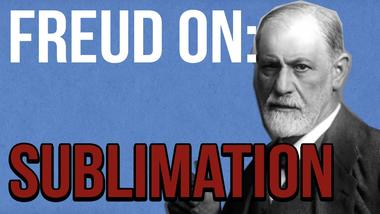
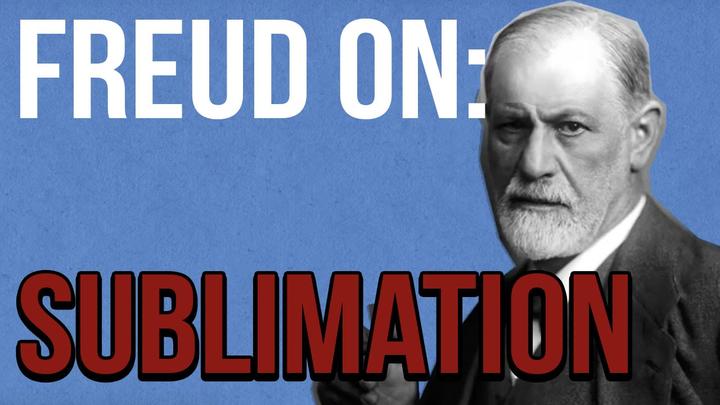
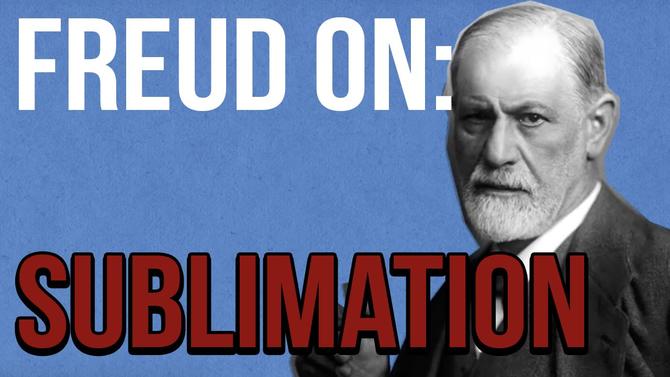
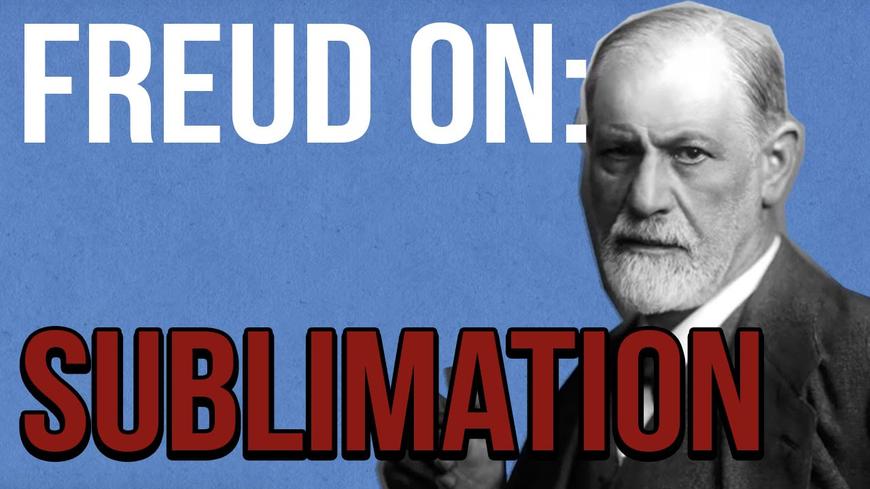
Abstract
Being probably the most favorable defense mechanism in the human psyche, sublimation has been acquiring great importance in Western society constituting the basis for social benefit, development of culture, science, and civilization itself. Even though sublimation, as it was described by Freud, is a process of redirection of initially destructive love and death instincts into more socially acceptable or socially beneficial actions and occupations occurring in the process of replacing the original object of sexual drives with a non-sexual one, its frames are still rather blurred as there are such types of activity that convey rather neutral meaning than socially favorable one. At the same time, narcissism which is typical for the normal human psyche development led by the process of sublimation may lead the society to both positive and negative consequences resulting in an increase of creative sublimation activity and yet causing a kind of ‘malfunction’ in human interaction inside social environment.
Sublimation is one of the key points in the theory of personality developed by Sigmund Freud, one of the most prominent psychologists of the 20th century and the father of psychoanalysis. Or, to be more precise, sublimation is one of the key defense mechanisms of the human psyche saving it from the destructive instincts exertion and helps a human being to ‘blend in’ with the society conforming to its rules and limitations of moral behavior. Being the most constructive and favorable way of redirecting destructive love and hate instincts, sublimation is considered by Freud to be the ‘source’ of the civilization development along with art, science and many other fields.
As a component of the complex theory incorporating views on the human psyche organization and the ways of the human’s interaction with the society, sublimation – alike to other defense mechanisms like forgetting, repression, projection and others – is perceived as the constraint for a human’s destructive sexual drives. At the same time, sublimation is more of the consequential process arising from the necessity to tame the inherent set of human instincts. Thus, we will begin with a brief overview of the Freudian personality theory and concepts hierarchy inside of it.
Attached file: The Concept of Sublimation.docx
Click download to get access to a full version of the paper
Three components of the human’s psyche
The psyche model developed by Freud is a ternary structure consisting of the Id, the Ego, and the Superego working together in order to create a set of complex human behaviors (Cherry). These three constituents – in their turn – are based on the concepts of the levels of mind underlying the human psyche. These levels are the unconscious, the conscious, and the preconscious being in a certain kind of relations with each other and forming the foundations of the three components of the psyche.
The unconscious mind is a level present in a human being since birth and containing the complex of innate feelings, drives, urges, and thoughts that exist outside the consciousness and are predominantly unacceptable or unpleasant. In other words, the unconscious is born with the human being the only level of mind at the beginning of his/her life and continuing to produce an impact on his/her behavior throughout the life even though we may be unaware of this hidden effect.
The conscious level of mind incorporates all the psychic and cognitive processes individuals are aware of and forms in the process of the human’s psychological development and interaction with the outer world (Monte).
The preconscious level constitutes the level of ordinary memory. Although people may be consciously unaware of the information stored in their memory, it can be retrieved at any time if needed. In other words, the data is stored unconsciously in the human mind but can be transferred to the conscious level when it is necessary. Thus, the preconscious acts as a kind of an intermediate link between the unconscious and the conscious (Cherry).
These three fundamental levels of the human mind are reflected in the three main components of human psyche mentioned above.
This unconscious is represented by the Id in Freud’s model (Freud, 1923). The Id is considered to be a reservoir for the unconscious drives, irrational psychic reactions, and impulses biological by nature. This is a psychic instance led by its own laws and constituting the basis of the personality’s activity. At the same time, the Id is the only source of mental energy subject only to the pleasure principle (Freud, 1923). In other words, the Id is a reservoir for elementary human instincts requiring immediate satisfaction that include sexual drives, love and death instincts, etc. Naturally, led by these instincts, the Id doesn’t consider other people and the norms of morality settled in society. However, it is rather obvious that pure reckless drive for pleasure and satisfaction of egoistic desires completely neglecting the real-life conditions would inevitably destroy the human being.
It could be said that the Superego is a counterpart of the Id being a peculiar reflection of the social world in the human psyche and the reservoir of social rules, social behavior and interaction norms, moral taboos and religious orientations. Otherwise stated, the Superego is represented by the standards of behavior and morality acquired in the course of psychological development from parents and society. Three primary functions of the Superego are consciousness, introspection, and formation of ideals. At the same time, the Superego is another polar fragment of the psyche struggling with the Id’s unacceptable strivings and making an individual act according to ideal morality and behavior principles. As the Id is purely selfish and the Superego is socially-oriented, they are in the state of permanent conflict (mirroring the conflict between the individual and the society).
The balancing force in this model is represented by the Ego which enables the objective existence of the first two components and ensures the satisfaction of the individual’s drives in the outer social environment. The ego is enforced both by the Id and the Superego and is aimed at the integration of these two in order to ensure the necessary connection with the social environment. Another important function that is of our particular interests is the mechanism of psychological defense which enables deluding the excessively strict Superego and satisfaction of the Id’s desires without the sense of guilt. Defense mechanisms help an individual to restrain the elementary drives (for example, libido), place them into the socially accepted frames or redirect them weakening the conflict intensity.

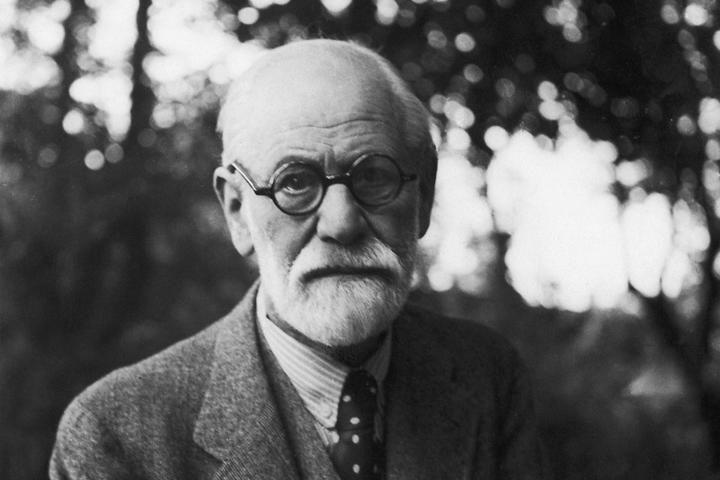
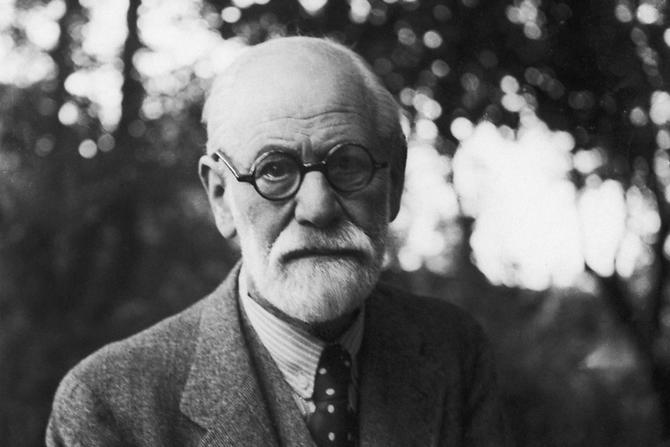
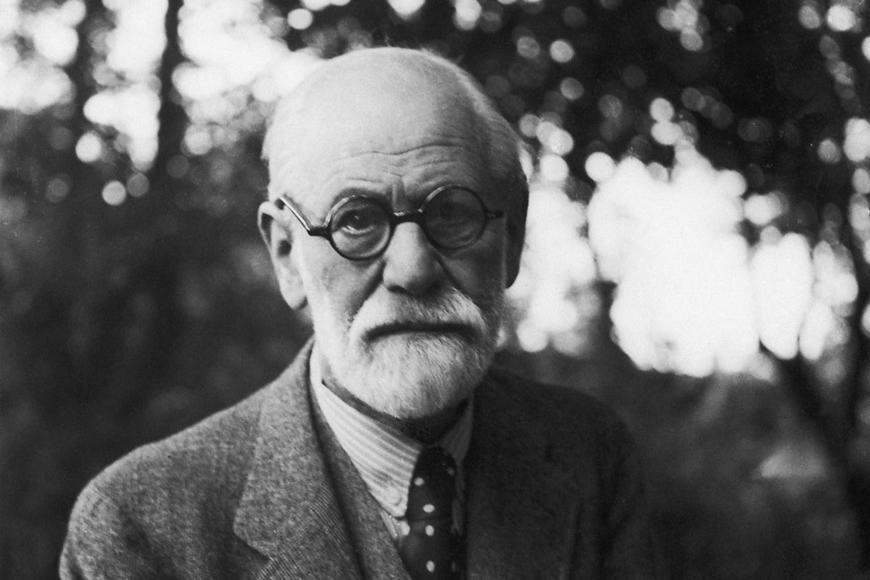
Sublimation
While repression as one of the defense mechanisms completely restrains socially unacceptable desires, it is typical for individuals to build up phantasy lives in their mind in order to compensate for the insufficiency of reality (Freud, 1910). But excessive phantasizing may be rather harmful with its contents turning into symptoms of disorders. Thus, according to Freud, complete repression of the sexual drives and excessive use of Ego impact could result in neurosis and other ailments (Freud, 1916-17). Sexual drives (or libido) are rather flexible and can substitute each other or change their objects (be redirected), e.g. they can switch to the objects which are easier to reach. Generally, libido as the energy of appetences is attached to all the aspects described with the word ‘love’ including sexual relationship, affection towards parents, children, overall benevolence, and also narcissistic drives, i.e. self-love. In case libido cannot be satisfied, there two most common ways of resolving it – either suppressing it or sublimating it into another aim which is genetically connected with the former but possesses no sexual character (Freud, 1916-17). In fact, sublimation is opposite to repression and is a vital mechanism maintaining a psychological balance in an individual as the amount of expression of sexual drives and erotic energy is limited.
Sublimation presupposes redirection of sexual drives that lead human existence and activity from their initial goals like reproduction and pleasure to nonsexual and socially acceptable ones (Hall). In other words, this process presupposes ‘distraction’ from original sexual goals and focusing the sexual energy, i.e. libido, on higher types of activity that convey social benefit. Being sublimated, sexual energy finds another outlet beyond the borders of physical pleasure being used for social and cultural purposes. Due to this psychic operation, the basic sexual instincts partly transform into higher goals and seek an outlet in other nonsexual areas of human life. As a result, social goals are granted more importance than egoistic and sexual ones. However, the social goals replacing sexual drives in human mind are psychologically close to the latter though convey no sexual subtext. Science, work and art tend to be the most common outlets for basic instincts, thus sublimation has acquired considerable significance for culture and progress. Redirecting intense sexual drives, people are supposed to perform better in work with increasing productivity, devote much time and efforts to research and creative activity and find socially beneficial or acceptable types of leisure activities. Moreover, switching originally destructive love and death instincts to creativity is thought to restrain aggression and increase mental capacity of an individual.
According to Freud’s conception, people tend to be involved in creativity and professional activity instead of following their love instinct. Nevertheless, Freud admitted that sublimation absorbs only a certain part of sexual energy turning into nonsexual energy. Moreover, the ability to sublimate isn’t developed to the same extent in all people.
Reaction and imperfections of Freud’s sublimation theory
However, despite being extremely popular among scholars and psychology practitioners, the concept of sublimation has been extended and argued through time. First, the concept developed by Freud doesn’t specify the difference between repression of the drives on their way to the goal and sublimation: in this case, we could suppose that the distinction between simply suppression unacceptable drives in the human psyche and suppressing them with help of redirection to other objects or goals is rather blurred. At the same time, Hartmann claimed the concept of sublimation to be unnecessary to refer to in case if we deal with nonaggressive or nonsexual behavior patterns (Hartmann).
Having undergone a long course of development since the beginning of the 20th century when it was developed by Freud, the concept of sublimation has expanded considerably. As it was described by the famous scholar, sublimation appeared to be a rather simple redirection process performed by the Ego (as the conscious control instance between the Id and the Superego) in which ego took the Id’s destructive sexual energy and replaced its final goal with those higher evaluated by the society. Yet this concept appears to be much more complicated, and sublimation itself is likely to be rather nonconscious than conscious – behavior patterns causing anxiety or going against more socially acceptable activities are nonconsciously replaced with the latter taking place of the initial pattern of behavior.
In the long run, the Freudian concept of sublimation isn’t explicit enough yet fundamental for the researches in this branch of psychology. For example, it is unclear if the whole complex of mental activity or only certain forms of intellectual creative work can be included in sublimation concept. Another blurred aspect is the main feature of sublimation activity: if sublimation is aimed at replacing intolerable behaviors with the type of activity accepted as normal in civilized society (Loewald), then it is unclear if the product of sublimation (actions or some other results) must be highly or positively evaluated by society in all cases. To my thinking, there are such types of activity that are likely to be evaluated as neutral rather than positive: e.g. certain types of adaptive activities like leisure or work are unlikely to be perceived as positive in our society, they are more likely to be considered neutral.




Narcissism vs. Repression in Western Society
According to Freudian theory, it is sublimation that leads to the normal development of the personality. At the same time, repression develops pathological characters. An important feature of a personality in sublimation-led development is narcissism which redirects a human’s libido in him/herself making self-satisfaction and self-content. The tendency of shifting to narcissism has been developing in Western society and reinforced by the norms of sexual morality established in it. This tendency is especially obvious in women as it serves as a reward for the fact that women are far more limited by moral norms on their freedom to choose the object of sexual drives realization (i.e. women and men are unequal in their ‘rights’) (Freud, 1906-1908). In fact, narcissism is a kind of ‘product’ of sublimation, whereas repression is a type of defense mechanism which often may result in abnormal tendencies in psyche development.
As narcissism is currently reinforced in the Western society, while repression is predominantly ignored, there’s probably a favorable tendency leading to the further development of socially beneficial activities in society because narcissism is closely connected with sublimation activity. Moreover, abandoning the tendency to repression, individuals are likely to decrease the risk of neurotic disorders development. Yet, excessive focus on narcissism displays could lead to the difficulties in social communication and interaction as people are likely to sublimate more and more sexual drives into self-satisfaction which may probably border even on the regression to human innate egoism.